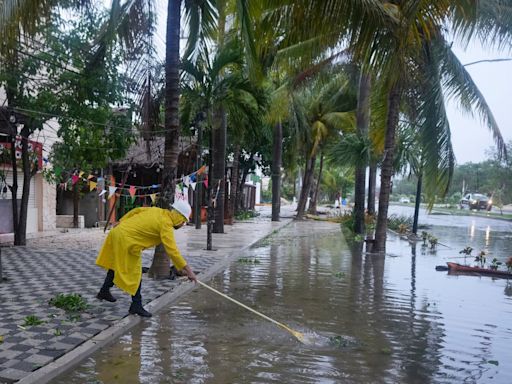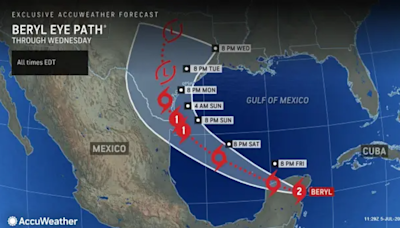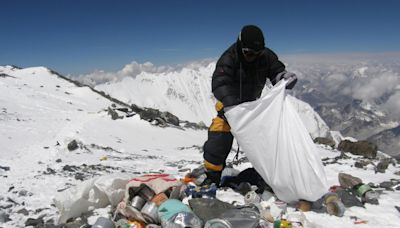Search results
A truly landmark study, The Hour of Our Death reveals a pattern of gradually developing evolutionary stages in our perceptions of life in relation to death, each stage representing a virtual redefinition of human nature.
- Philippe Aries
- Paperback
Jan 1, 2001 · A truly landmark study, The Hour of Our Death reveals a pattern of gradually developing evolutionary stages in our perceptions of life in relation to death, each stage representing a virtual redefinition of human nature.
- (593)
- Paperback
- What Happens at The Moment of Death?
- What Happens One Hour After Death?
- What Happens 2 to 6 Hours After Death?
- What Happens 7 to 12 Hours After Death?
- What Happens 12 Hours After Death?
- Summary
By definition, death is when blood (circulatory) and breathing (respiratory) stop and cannot be brought back, or brain death(when the brain/brain stem stops working) occurs. The determination of death must be made according to accepted medical standards. The moment of death is not necessarily painful. While people with certain medical conditions ma...
At the moment of death, all of the muscles in the body relax (primary flaccidity). The eyelids lose their tension, the pupils dilate, the jaw may fall open, and the joints and limbs are flexible. With the loss of tension in the muscles, the skin will sag, which can cause prominent joints and bones in the body, such as the jaw or hips, to stick out ...
Since the heart no longer pumps blood, gravity begins to pull it to the areas of the body closest to the ground (pooling), a process called livor mortis. If the body is not disturbed for several hours, the parts of the body that are nearest the ground can develop a reddish-purple discoloration that looks like a bruise. It’s caused by the accumulati...
Maximum muscle stiffness from rigor mortis in the body occurs after about 12 hours. However, this timeline will be affected by a person's age, physical condition, sex, air temperature, and other factors. At this point, the deceased's limbs are hard to move. The knees and elbows will be slightly flexed, and the fingers and toes can look unusually cr...
After reaching a state of maximum rigor mortis, the muscles start to loosen because of the continued chemical changes in the cells and internal tissue decay. The process (secondary flaccidity) takes place over one to three days and is affected by external conditions such as temperature (for example, cold slows the process). During secondary flaccid...
The process of dying is natural and follows several steps. You might be curious about what will happen to your body after you die or you might prefer not to think about it. Whether you want to learn about what physically happens to the body after death is up to you. Here is a brief summary of the changes that happen in the body in the hours and day...
- Chris Raymond
- 2 min
In the hours before death, most people fade as the blood supply to their body declines further. They sleep a lot, their breathing becomes very irregular, and their skin becomes cool to the touch. Those who do not lose consciousness in the days before death usually do so in the hours before they die.
- 1800 022 222
- clinical.governance@healthdirect.gov.au
In the last hours before dying a person may become very alert or active. This may be followed by a time of being unresponsive. You may see blotchiness and feel cooling of the arms and legs. Their eyes will often be open and not blinking. No one can know exactly when death will happen.
Thinking about the last hours and moments of life is hard, but knowing what to expect may ease some of the worries you may be having. Everyone’s experiences are different but there are changes that often happen near to someone's death that may be signs the person is dying.
Cultural responses to death must begin by acknowledging that death is mysterious and overwhelming; a wild beast; a meaningless monster. Death lurks at the edge of our consciousness, ready to destroy us and demolish whatever meaning we attribute to our lives.






